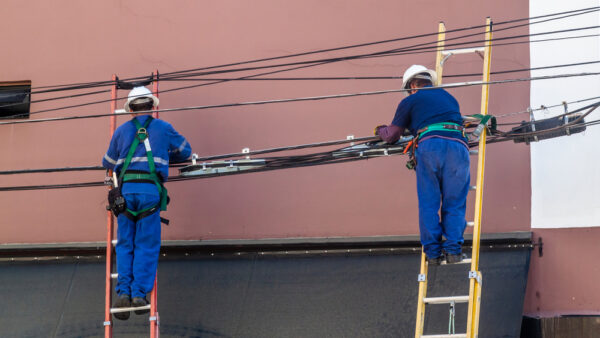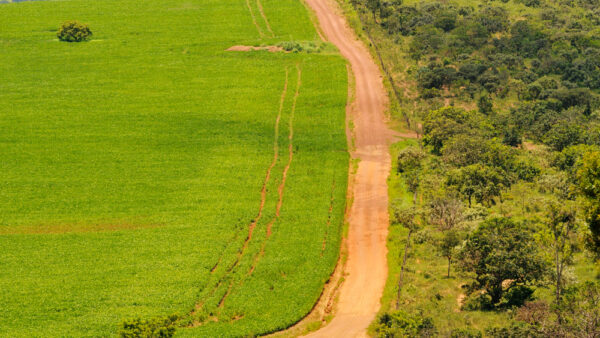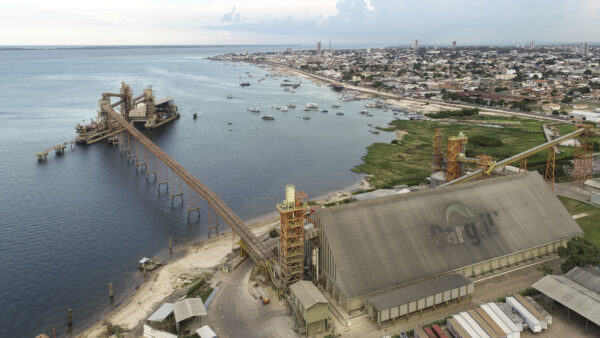At the beginning of the year, several economists warned that low-income families would feel the impact of rising consumer prices again in 2024, mainly because of the impacts of El Niño on food production. Fresh data shows that this phenomenon is already happening.
Brazil’s IPCA index, the country’s main inflation gauge, rose 0.46 percent in May — the second consecutive month of increase — driven mainly by food and energy costs. In 12 months, the index is up by 3.93 percent. The uptick means a pause in the disinflationary process that began in 2023.
The May result is yet another piece of information that reinforces the cautious position of the Central Bank’s Monetary Policy Committee.
Even prior to the new inflation reading, Itaú, the largest private bank in Latin America, released a report saying that it no longer sees any room for cuts in the country’s benchmark interest rate, which is currently at 10.5 percent.
It is an outlying position in comparison to most market agents. A weekly survey carried out by the Central Bank shows the median year-end interest rate forecast of top-rated investment firms rising from 9.75 to 10.25 percent over the past month. The new numbers are likely to change their minds in the next survey.
Last month, the costs of eight of nine surveyed product categories went up. Food and beverage prices rose by 0.62 percent compared to April.
Problems with potato crops, including planting areas in...


 Search
Search











































